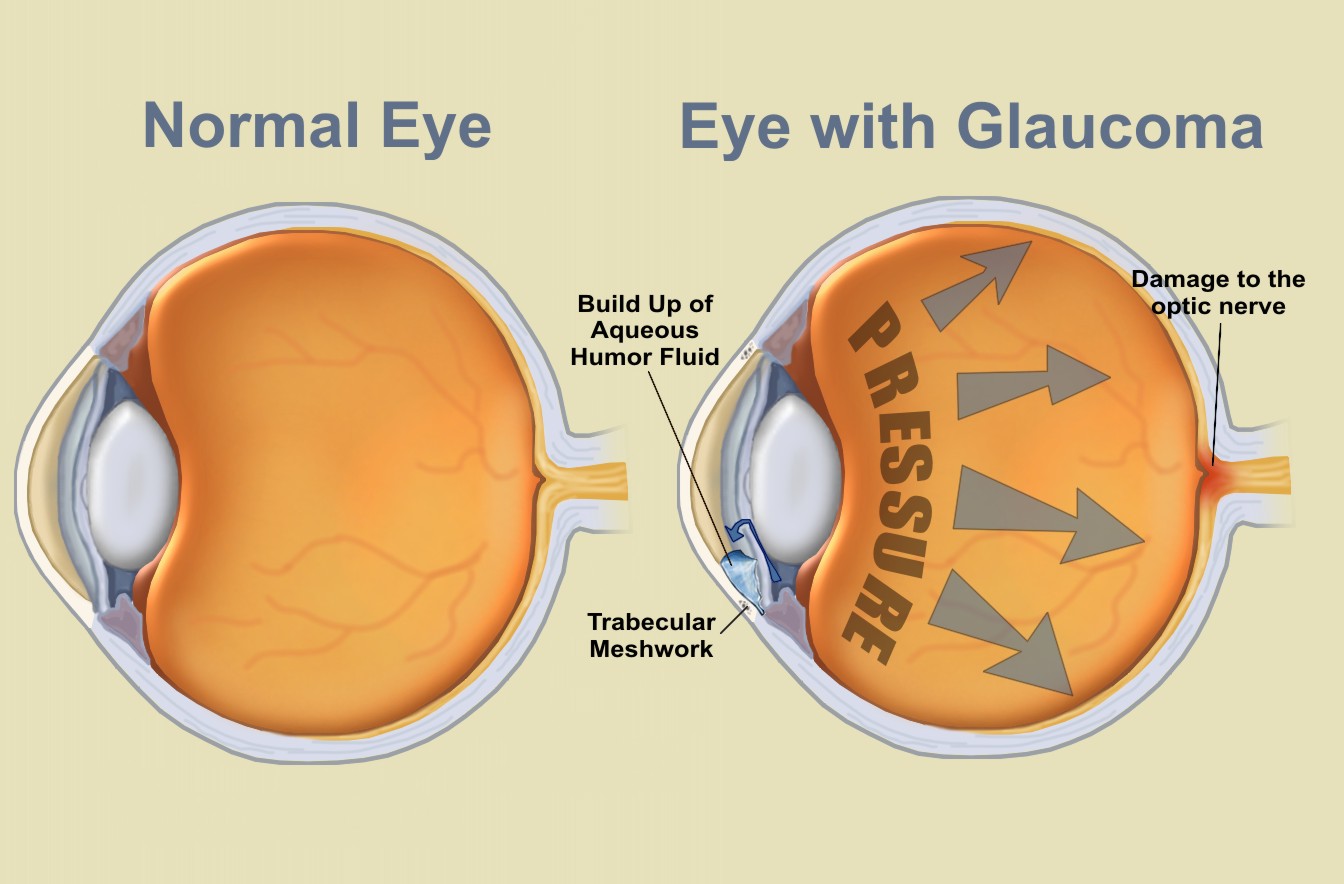By Judi Bonilla
Latino Elders
January is Glaucoma Awareness Month. For those caring for older family members or friends, it’s important to know what this common eye disease is, what it does to sight and what needs to be done if someone has it.
What you want to know about Glaucoma
Glaucoma, you’ve heard of the disease but rarely is it on the evening news. That’s why Glaucoma is one the most misunderstood diseases and one that all of us are at risk for. Older adults are at higher risk and since Medicare does not cover eye exams many older adults go undiagnosed.
Understanding Glaucoma
Open Angle Glaucoma is the most common form of disease, associated with eye pressure and the eye’s drainage canals become clogged over time. Silently and slowly Glaucoma develops, untreated the disease can result in vision loss. With no associated pain the disease often goes undiagnosed.
How can you tell if a family member might be developing glaucoma? How are they driving? Often vision loss begins with peripheral vision. Your family member may not see objects appearing from the side. They may compensate by turning their head to the side.
The Los Angeles Latino Eye Study (LALES), reported Latinos over age 60 are at particularly high risk of glaucoma. Approximately 75% of Hispanics with glaucoma in LALES were unaware they had the disease. Research shows diabetes, high blood pressure, and heart disease may be a contributing factor in developing the illness.
Preventing Glaucoma
The only way to diagnose glaucoma is through an eye examination. Since everyone is at risk for the disease eye exams every one or two years are recommended. Those with 20/20 vision are also at risk of developing glaucoma and may go unnoticed until significant eyesight is lost.
Living with Glaucoma
If the disease is diagnosed an eye doctor can begin immediate treatment to minimize further vision loss. Prescription eye drops for glaucoma help maintain the pressure in the eye to prevent further sight loss. Medicare covers the cost of medicated eye drops and in many states allows the patient extra refills.
Compliance to a medication regime is essential in saving a patients remaining eyesight. However, research suggests almost 40% of patients do not take their glaucoma medications as recommended. If this is the case please discuss this with you doctor for suggestions in medication application.
With a diagnosis of glaucoma comes the need for adaptation to vision loss and resources. In a recent visit with Richard M. Ybarra, Executive Director and Rosie Rascon, Outreach Coordinator of the San Diego Braille Institute, I learned patients diagnosed with low vision are not given direct referrals to community resources.
It’s only through community outreach and promotoras individuals with glaucoma learn about the Low Vision Wellness Plan the Braille Institute offers. Ybarra and Rascon shared the wide variety of free educational, social, and recreational classes the institute offers. Class topics include kitchen confidence, tools to manage finances, to tai chi and computer literacy.
These classes and several others are designed to empower students to adapt to living with low vision. To meet the needs of the Latino population the program El Poder Sin Ver offers Spanish-language workshops in making the most of a student’s remaining eyesight and is staffed with a bilingual professional.
In addition, to low vision consultations, classes, and social activities the institute offers practical support in selecting magnifiers and visual aids. The goal of the Braille Institute is “Empowering visually impaired people to live fulfilling lives.”
For more information on resources contact the: American Glaucoma Society, Braille Institute, Glaucoma Research Foundation



